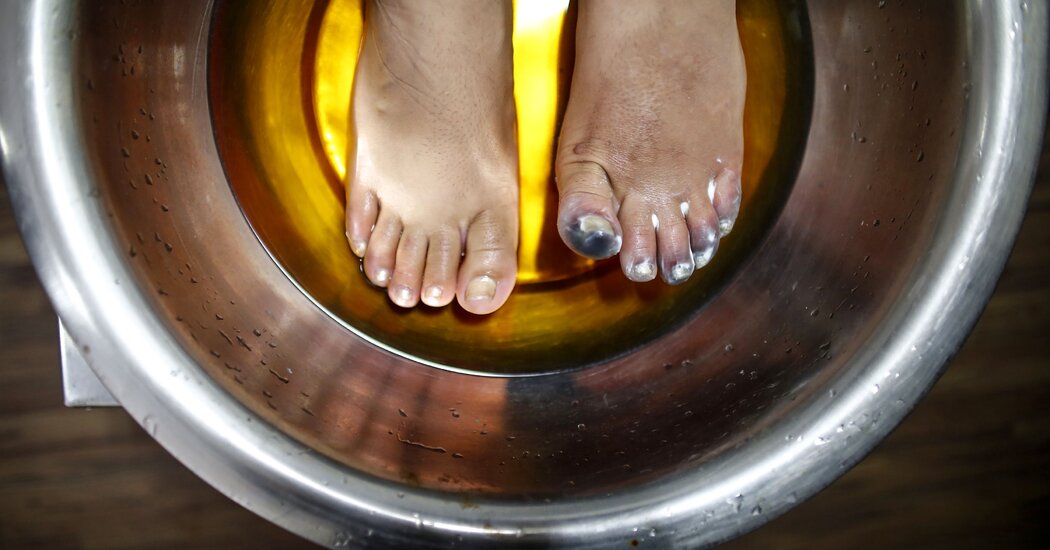
The first time Dr. Peter Hackett saw a patient with frostbite, the man died from his wounds. It was in Chicago in 1971, and the man had gotten drunk and passed out in the snow, his fingers so frozen that gangrene eventually set in.
Dr. Hackett later worked at Mount Everest Basecamp, on Denali, Alaska, and now in Colorado, becoming expert in treating cold-weather injury. The experience was often the same: There was not much to do about frostbite, except rewarm the patient, give aspirin, amputate in severe cases and, more often, wait and accept that six months later the patient’s body might “auto-amputate” by naturally shedding a dead finger or toe.
His mentor in Anchorage used to say, “Frostbite January, Amputation July,” remembered Dr. Hackett, clinical professor at the Altitude Research Center at the University of Colorado’s Anschutz Medical Campus. “For centuries, there was nothing else to do.”
This month, the Food and Drug Administration approved the first therapy for treatment of severe frostbite in the country. The drug, iloprost, is given intravenously for several hours a day over a little more than week. It works by opening blood vessels to improve circulation, limiting inflammation and stopping the formation of platelet clumps that can stop circulation and kill tissue. Most at risk are a person’s toes, fingers, ears, cheeks and nose.
The approval of the treatment is as much scientific novelty as it is pharmaceutical industry moneymaking bonanza. Experts say there is not good data on how many people suffer severe enough frostbite to receive this therapy. But the cases could be as few as several dozens of people a year in the United States, according to Dr. Norman Stockbridge, head of the F.D.A.’s division of cardiology and nephrology in the agency’s Center for Drug Evaluation and Research, which approved the drug.
“When you get down to people who get really frostbitten and really at risk of losing digits, it’s pretty uncommon,” Dr. Stockbridge said. Still, “it’s better to have a drug for this than nothing.”
